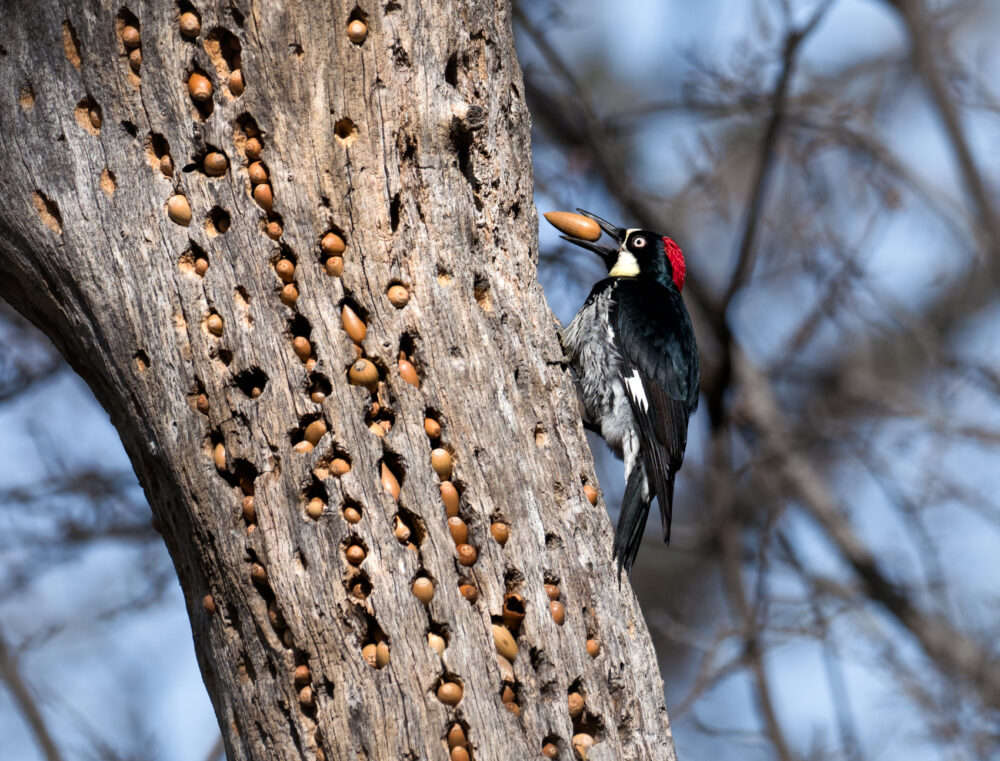We have much more to do and your continued support is needed now more than ever.
Taking Root: Forests As Natural Climate Solutions
Our nation’s forests are home to some of America’s most iconic wildlife, the source of clean drinking water for millions, a place of solace and rejuvenation for hikers, an evergreen inspiration for poets, an economic engine—and a critical tool in the fight against climate change.
Forests and other wooded areas represent perhaps the best opportunity to remove carbon from our atmosphere quickly, reliably, and relatively cheaply. In 2018, U.S. forests sequestered 755 million metric tons of carbon dioxide equivalent, equal to the emissions from nearly 200 coal-fired power plants.
Forests are an example of natural climate solutions: strategies that support or enhance the ability of natural systems to both mitigate climate change (enhancing the removal or storage of carbon) and increase the resilience of human communities and wildlife populations to the impacts of climate-related natural hazards.
The potential of forests to mitigate climate change is profound. Forests and forest products represent the largest net carbon sink in the U.S., meaning they absorb more carbon then they release. Trees and plants remove carbon from the atmosphere as they grow (via photosynthesis) and store that carbon in their tissues. Carbon is released from plants back into the atmosphere when trees die, or due to other disturbances (think wildfires, or deforestation).
When thinking about forests as a climate solution, America’s iconic national forests may come to mind: the Tongass National Forest in Alaska, New Hampshire’s White Mountains, the Coconino National Forest in Arizona. But urban forests and harvested wood products also play a role. In fact, every year forest land, harvested wood products, and urban trees together offset more than 11 percent of U.S. greenhouse gas emissions.
In addition to fighting climate change, forests provide numerous benefits to humans, wildlife, and our environment. Among these are clean air and clean water—Forest Service lands alone are the largest source of municipal water supply in the U.S., serving over 60 million people. Forests provide crucial fish and wildlife habitat—for 600-pound grizzly bears, 2-inch long blackbanded sunfish, and everything in between. Forests provide numerous traditional and cultural uses for humans. And they contribute over $11 billion to the U.S. economy, sustaining nearly 150,000 jobs.
The ability of forests to be effective natural climate solutions, however, depends on careful policies and programs that support climate-informed, ecologically appropriate forest restoration and management. Key principles that should guide forest management include:
- Protecting and restoring existing forests, including increasing reforestation of historically forested areas.
- Optimizing (not maximizing) carbon sequestration. Strategies focused strictly on boosting natural carbon sequestration—like converting habitat into plantations of fast-growing tree species—can harm other ecological and social values; it’s crucial to account for both carbon management and biodiversity conservation when developing forest policies.
- Implementing climate-smart management of U.S. National Forests—including via strategies that restore natural patterns of fire, and strategies to manage the changing intensity and frequency of fires and forest disease. Some of these strategies, such as strategic thinning and the use of prescribed burns, may release some carbon in the near term. But they can enhance forest health and resilience, and are crucial for long-term carbon sequestration and storage.
Read more about how forests, and other natural climate solutions, can help us mitigate risk and sequester carbon by checking out the National Wildlife Federation’s Natural Climate Solutions Platform.
Urge your federal lawmakers to invest in natural climate solutions that boost community and wildlife resilience!
Take Action!
This blog is a part of a series on Natural Climate Solutions. More blogs in the series:




























